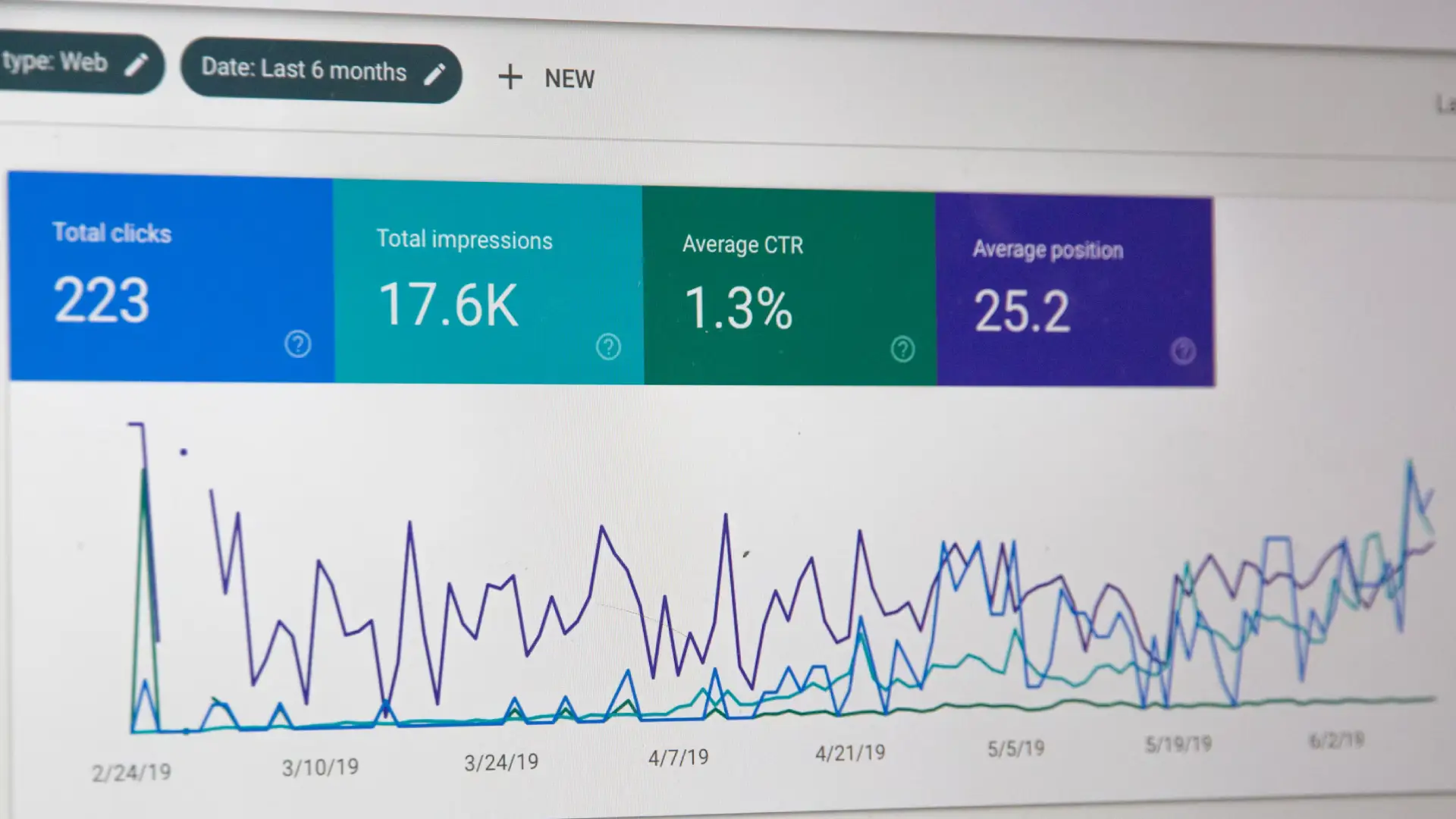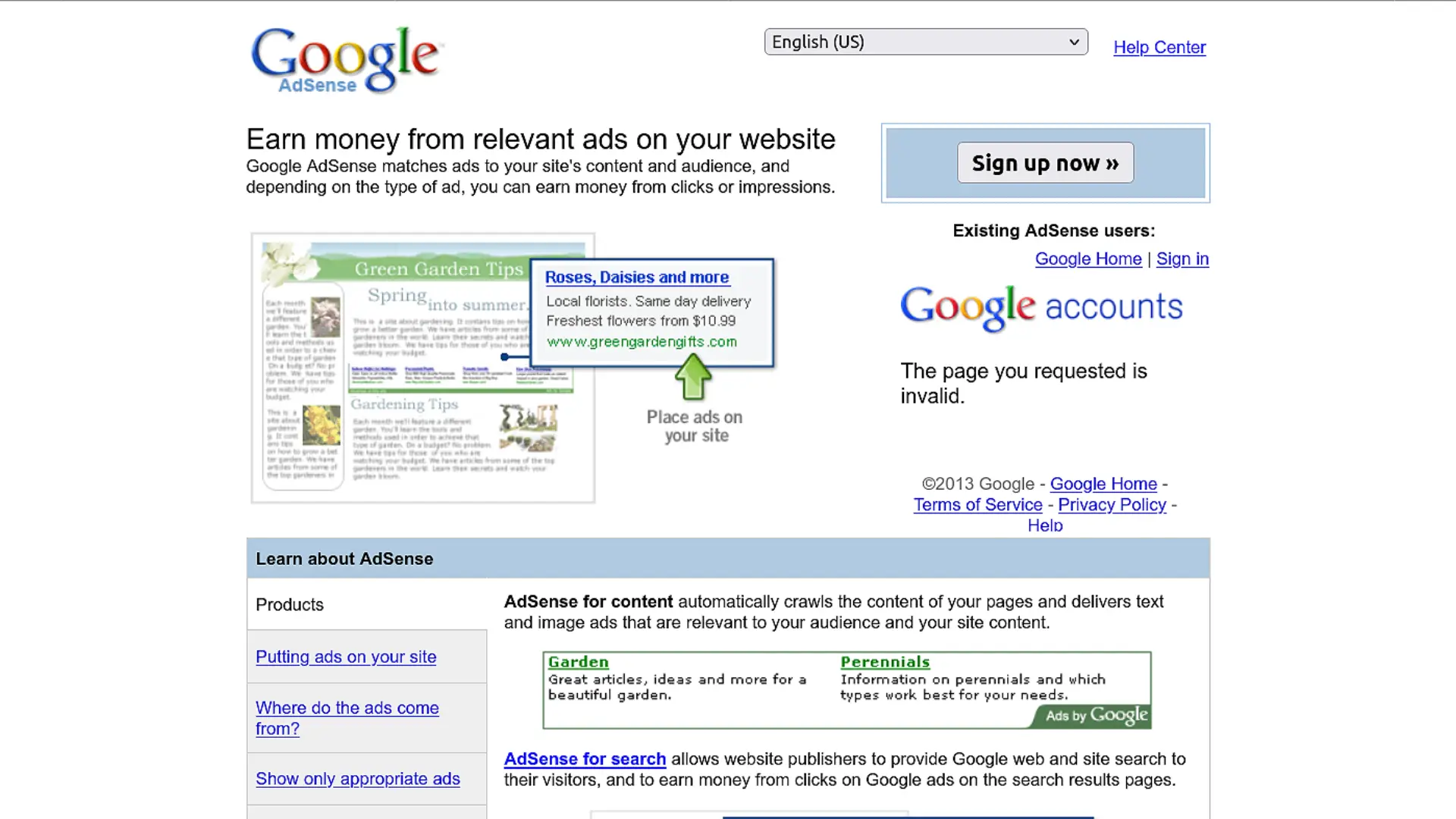In today’s digital age, blogging is one of the most effective ways to share your expertise, connect with your audience, and grow your online presence. However, simply writing blog posts isn’t enough. To truly succeed, you need a well-thought-out blogging strategy that helps you attract, engage, and retain readers. In this article, we’ll break down the steps to create a blogging strategy that grows your audience and boosts your online visibility. Whether you’re a beginner or an experienced blogger, these tips will help you take your blog to the next level.
1. Define Your Blogging Goals
Before you start writing, it’s essential to know why you’re blogging. What do you want to achieve? Your goals will shape your entire strategy. Here are some common blogging goals:
- Increase website traffic: Drive more visitors to your site.
- Build brand awareness: Establish your brand as an authority in your niche.
- Generate leads: Attract potential customers for your business.
- Monetize your blog: Earn income through ads, affiliate marketing, or selling products.
Once you’ve set clear goals, you can tailor your content and strategy to achieve them. For example, if your goal is to generate leads, you might focus on creating content that addresses your audience’s pain points and includes strong calls-to-action (CTAs).
2. Understand Your Target Audience
To grow your audience, you need to know who you’re writing for. Understanding your target audience is crucial for creating content that resonates with them. Start by asking these questions:
- Who are they? (Age, gender, location, interests, etc.)
- What problems do they face?
- What type of content do they prefer? (Blog posts, videos, infographics, etc.)
- Where do they spend their time online? (Social media platforms, forums, etc.)
You can use tools like Google Analytics, social media insights, or surveys to gather data about your audience. Once you have a clear picture, create reader personas—fictional representations of your ideal readers. This will help you write content that speaks directly to their needs and interests.
3. Conduct Keyword Research
Keyword research is the backbone of any successful blogging strategy. It helps you understand what your audience is searching for and ensures your content ranks well on search engines like Google. Here’s how to get started:
- Use tools like Google Keyword Planner, Ahrefs, or Ubersuggest to find relevant keywords.
- Focus on long-tail keywords—phrases that are more specific and less competitive. For example, instead of targeting “blogging tips,” you could target “how to start a blogging strategy for beginners.”
- Look for keywords with a good balance of search volume and low competition.
Incorporate these keywords naturally into your blog posts, including the title, headings, and meta descriptions. This will improve your chances of ranking higher in search engine results and attracting organic traffic.
4. Create a Content Calendar
Consistency is key when it comes to blogging. A content calendar helps you plan and organize your posts, ensuring you publish regularly. Here’s how to create one:
- Decide how often you’ll publish new posts (e.g., once a week, twice a month).
- Brainstorm blog post ideas based on your keyword research and audience interests.
- Assign deadlines for each post and stick to them.
A content calendar not only keeps you on track but also allows you to plan seasonal or trending topics in advance. For example, if you run a fitness blog, you could schedule posts about New Year’s resolutions in December.
5. Write High-Quality, Engaging Content
Quality matters more than quantity. Your blog posts should provide real value to your readers. Here are some tips for creating engaging content:
- Start with a compelling headline: Your headline is the first thing readers see, so make it attention-grabbing. Use power words, numbers, or questions to pique their interest.
- Write for your audience, not for search engines: While SEO is important, your primary focus should be on delivering value. Write in a conversational tone and avoid jargon.
- Use visuals: Include images, infographics, or videos to break up the text and make your content more visually appealing.
- Add a call-to-action (CTA): Encourage readers to take the next step, whether it’s subscribing to your newsletter, sharing your post, or purchasing a product.
6. Optimize for SEO
Search engine optimization (SEO) is essential for driving organic traffic to your blog. Here are some basic SEO tips to follow:
- Use headings and subheadings: Break your content into sections with H1, H2, and H3 tags. This makes it easier for readers and search engines to understand your post.
- Optimize your meta description: Write a concise and compelling meta description that includes your target keyword.
- Add internal and external links: Link to other relevant posts on your blog (internal links) and authoritative websites (external links) to boost your credibility.
- Improve page speed: A slow-loading website can hurt your rankings. Use tools like Google PageSpeed Insights to identify and fix performance issues.
7. Promote Your Blog Posts
Publishing a blog post is just the first step. To grow your audience, you need to actively promote your content. Here are some effective promotion strategies:
- Share on social media: Post your blog links on platforms like Facebook, Twitter, LinkedIn, and Instagram. Use eye-catching visuals and captions to encourage clicks.
- Engage with online communities: Join forums, groups, or communities related to your niche and share your expertise. Avoid being overly promotional—focus on providing value.
- Email marketing: Send your latest blog posts to your email subscribers. Include a brief summary and a link to the full article.
- Collaborate with influencers: Partner with influencers or other bloggers in your niche to reach a wider audience.
8. Analyze and Adjust Your Strategy
Finally, track your progress and make adjustments as needed. Use tools like Google Analytics to monitor key metrics such as:
- Traffic: How many people are visiting your blog?
- Engagement: Are readers spending time on your site and interacting with your content?
- Conversions: Are you achieving your goals, such as generating leads or making sales?
If something isn’t working, don’t be afraid to tweak your strategy. For example, if a particular type of content isn’t resonating with your audience, try a different approach.
Conclusion
Building a blogging strategy that grows your audience takes time and effort, but the results are worth it. By defining your goals, understanding your audience, conducting keyword research, and consistently creating high-quality content, you can attract more readers and achieve your blogging objectives. Remember to promote your posts and analyze your performance to continuously improve your strategy. With patience and persistence, your blog can become a powerful tool for growing your audience and achieving your online goals.
By following these steps and incorporating long-tail keywords like “how to start a blogging strategy for beginners” and “tips for growing your blog audience,” you’ll not only create a successful blog but also improve your search engine rankings. Happy blogging!
—
This article is copyright © blogwidow.com. Please do not reprint without permission.
Photo by John Schnobrich on Unsplash


















